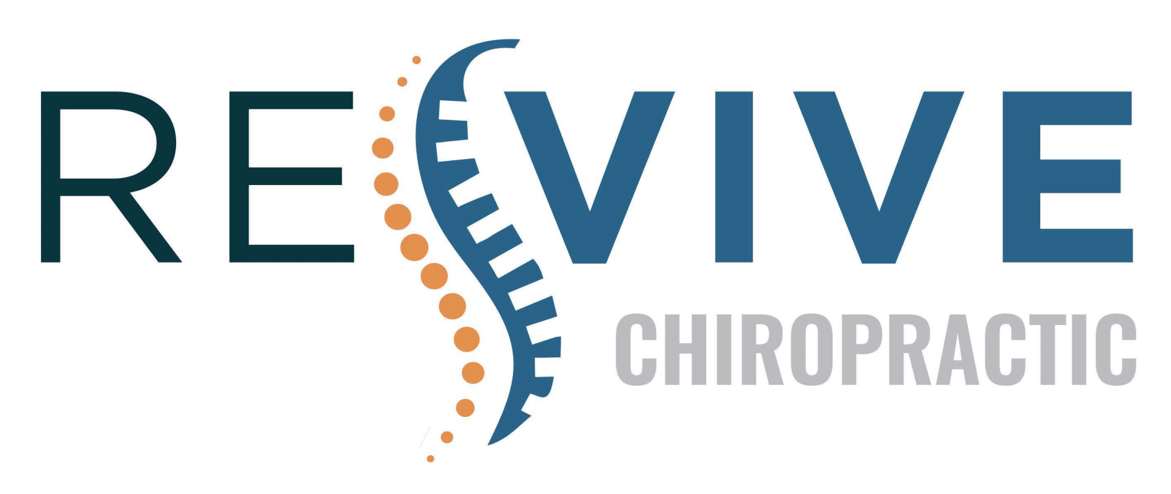If you're looking to improve your mobility and flexibility, there are a few key strategies you shouldn't overlook. First, integrating dynamic stretching into your routine can greatly prepare your muscles for activity. Then, consistent strength training plays an essential role in building support around your joints. Finally, dedicating time to mobility work can help relieve muscle tension. Understanding how to effectively implement these practices can make all the difference in your physical performance and overall well-being. Curious about how to get started?
Incorporate Dynamic Stretching
To enhance your mobility and flexibility, incorporating dynamic stretching into your routine can make a significant difference. Unlike static stretches, which you hold for an extended period, dynamic stretching involves controlled movements that improve your range of motion and prepare your muscles for activity. This approach not only warms up your body but also helps prevent injuries during workouts.
Start your dynamic stretching routine with movements that mimic the exercises you'll be performing. For instance, if you're planning to run, include leg swings, high knees, or walking lunges in your warm-up. These movements activate the muscles and joints you'll use, improving blood flow and flexibility.
Make sure to focus on your form and control during each movement. It's important to maintain a steady pace and avoid any jerky motions. Aim for about 10 to 15 repetitions of each exercise, gradually increasing the range of motion as you feel more comfortable.
Incorporating dynamic stretching before your workouts can elevate your performance and make your body feel more agile. You can also integrate it throughout the day, especially if you have a sedentary lifestyle. Simple movements like torso twists or arm circles can break up long periods of sitting and keep your body engaged.
Ultimately, dynamic stretching is a powerful tool to enhance your mobility and flexibility. By making it a regular part of your routine, you're setting yourself up for better performance and reduced risk of injury.
Practice Consistent Strength Training
Consistent strength training is essential for enhancing mobility and flexibility, as it builds the muscles that support your joints and improve overall stability.
When you strengthen your muscles, you create a solid foundation that allows for better movement patterns and reduces the risk of injury.
Here's how you can incorporate effective strength training into your routine:
1. Focus on Compound Movements: Exercises like squats, deadlifts, and bench presses engage multiple muscle groups, promoting overall strength and coordination.
2. Incorporate Bodyweight Exercises: Push-ups, pull-ups, and lunges can be done anywhere and help build functional strength.
These movements mimic everyday activities and improve your overall mobility.
3. Use Resistance Bands: They're versatile and provide varying levels of resistance, making them perfect for all fitness levels.
You can easily target specific muscle groups while enhancing your flexibility.
4. Gradually Increase Intensity: As you get stronger, don't be afraid to up the weights or resistance.
This progressive overload is essential for continued muscle growth and improved mobility.
Prioritize Regular Mobility Work
Building strength lays a solid foundation for your mobility, but it's just as important to incorporate regular mobility work into your routine. Mobility work helps you maintain the flexibility and range of motion that strength training alone can't provide. When you dedicate time to mobility exercises, you're not just improving your performance; you're also reducing your risk of injury and enhancing your overall quality of movement.
Aim to include mobility work at least two to three times a week. This doesn't have to be a lengthy endeavor—just 10 to 15 minutes of focused stretching and mobility exercises can make a difference. Start with dynamic stretches to warm up your muscles, then move on to static stretching to improve flexibility in specific areas.
Target joints and muscle groups that feel tight or restricted, such as your hips, shoulders, and spine. Incorporating foam rolling or other self-myofascial release techniques can further enhance your mobility work by relieving muscle tension and improving blood flow.
Pay attention to how your body responds; adjusting your routine based on these responses is key to maximizing effectiveness. Lastly, remember that consistency is vital. By prioritizing regular mobility work, you'll notice improvements in your overall performance, whether you're lifting weights, running, or simply going about your daily activities.
Keep it a priority, and you'll reap the long-term benefits in your movement and flexibility.
Conclusion
By incorporating dynamic stretching, consistent strength training, and regular mobility work into your routine, you'll greatly enhance your mobility and flexibility. These practices not only prepare your muscles for activity but also build strength and relieve tension, keeping you active and injury-free. Remember, staying flexible and mobile isn't just about performance; it's essential for daily activities, too. Start today, and you'll notice the benefits in no time!



